摄影中特写的概念
Close-up photography, also known as macro photography, is a captivating genre that allows photographers to explore the intricate details of subjects at a magnified scale. Whether you're capturing the delicate petals of a flower, the texture of an insect's wings, or the subtle nuances of everyday objects, mastering the art of close-up photography requires a blend of technical expertise, creativity, and patience.
Close-up photography involves capturing subjects at a magnification ratio of 1:1 or higher, where small details become prominent and visually striking. It offers a unique perspective, revealing details that are often overlooked by the naked eye.
1. **Macro Lens**: Invest in a quality macro lens with a focal length suitable for your desired subjects. Macro lenses are specifically designed to focus at close distances, enabling you to capture sharp, detailed images.

2. **Extension Tubes**: These accessories can be added between your camera body and lens to decrease the minimum focusing distance, allowing for closer focus and increased magnification.
3. **Macro Filters**: Screw-on macro filters are affordable alternatives that can be attached to your existing lens to achieve close-up shots. While not as versatile as dedicated macro lenses, they offer a budget-friendly option for beginners.
1. **Focus and Depth of Field**: Use a narrow aperture (higher f-stop) to increase depth of field and ensure that more of your subject remains in focus. Experiment with selective focus to draw attention to specific details.
2. **Stability**: Stability is crucial when shooting close-ups to avoid blur caused by camera shake. Use a tripod to steady your camera, especially in low light conditions or when using slower shutter speeds.
3. **Composition**: Pay attention to composition principles such as leading lines, symmetry, and the rule of thirds to create visually appealing close-up images. Experiment with different angles and perspectives to find the most captivating compositions.
1. **Natural Light**: Take advantage of natural light whenever possible. Soft, diffused light works best for close-up photography as it enhances texture and minimizes harsh shadows.
2. **Artificial Lighting**: Consider using artificial lighting sources such as LED panels, ring lights, or external flashes to illuminate your subjects. Diffusers and reflectors can help control the intensity and direction of light for more flattering results.
1. **Crop and Enhance**: Use editing software to crop your images and emphasize key details. Adjust contrast, saturation, and sharpness to enhance the overall impact of your close-up photos.
2. **Remove Distractions**: Remove any distractions or imperfections in your images using tools like the clone stamp or healing brush. Pay attention to noise reduction to maintain image quality, especially when shooting at higher ISO settings.
Mastering close-up photography takes time and practice. Experiment with different techniques, subjects, and lighting conditions to refine your skills. Don't be afraid to push the boundaries of creativity and embrace the beauty of small-scale photography.
Close-up photography offers a fascinating glimpse into the intricate world of small-scale subjects. By understanding the necessary equipment, techniques, and lighting principles, you can capture stunning close-up images that showcase the beauty and complexity of the world around us.
版权声明
本文仅代表作者观点,不代表百度立场。
本文系作者授权百度百家发表,未经许可,不得转载。

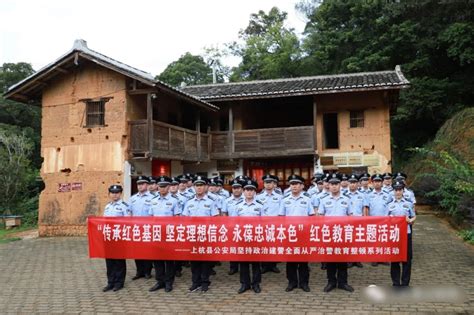
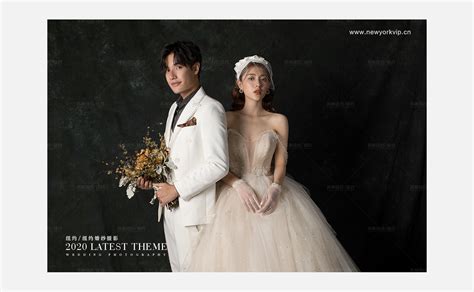
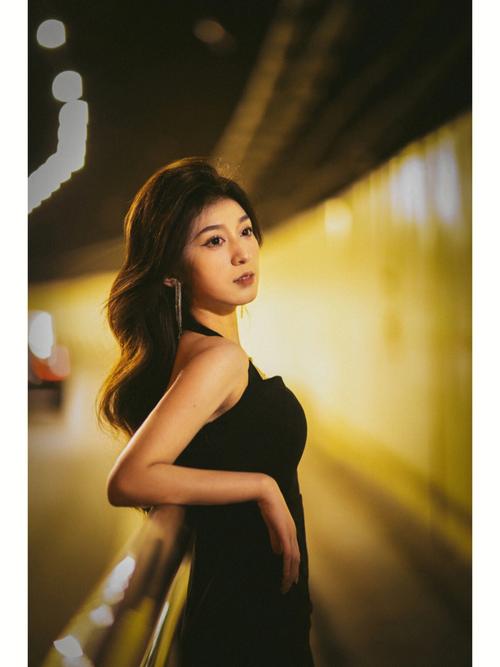
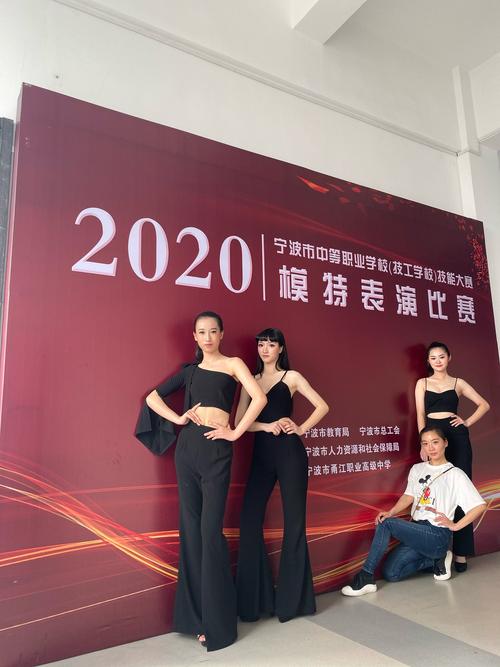
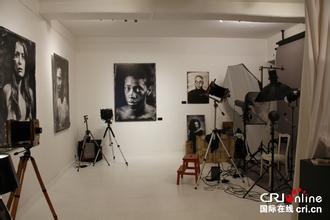
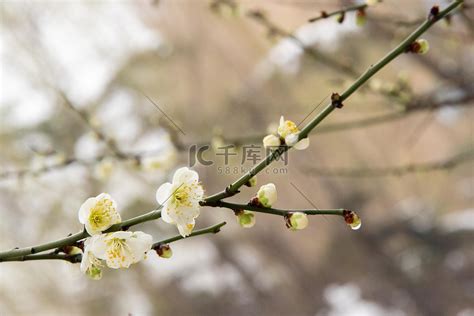
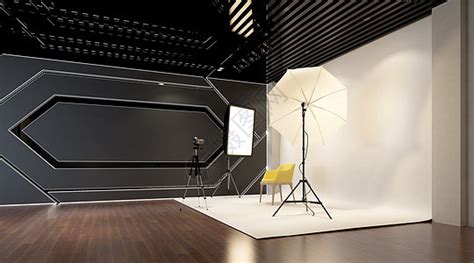




评论